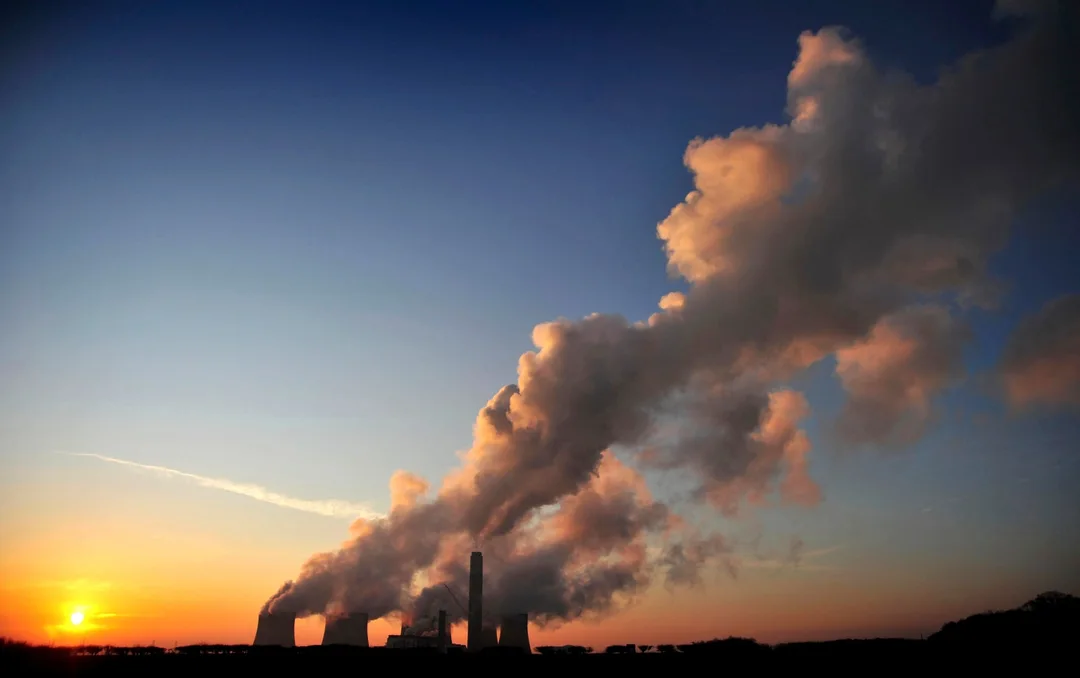Asia, home to diverse ecosystems and billions of people, has long been vulnerable to the impacts of climate change. In 2023, the region faced an alarming escalation in extreme weather events, from devastating floods and storms to record-breaking heatwaves. These events underscored the urgent need for global action to mitigate climate change and adapt to its consequences. Let’s delve into the key challenges and impacts that shaped Asia’s climate narrative in 2023.
The Warming Trend Accelerates
Asia’s warming trend has been accelerating at a rate faster than the global average. In 2023, the region experienced its second-highest annual mean near-surface temperature on record, with temperatures 0.91°C above the 1991–2020 average2. Countries like Japan and Kazakhstan reported their hottest years ever, while heatwaves swept across western Siberia, central Asia, and eastern China.
Water-Related Hazards Dominate
Floods and storms were the most frequent and destructive climate-related disasters in Asia in 2023. The region reported 79 hydro-meteorological hazard events, with over 80% linked to floods and storms2. These disasters resulted in more than 2,000 fatalities and directly affected nine million people2. Tropical cyclone Mocha, the strongest in the Bay of Bengal in a decade, caused widespread devastation in Bangladesh and Myanmar.
The Growing Threat of Heatwaves
Heatwaves became increasingly severe in 2023, posing significant health risks and economic challenges. Despite their impact, heat-related mortality often goes underreported. Vulnerable populations, particularly in urban areas, faced heightened risks due to prolonged exposure to extreme heat.
Melting Glaciers and Water Security
The retreat of glaciers in Asia’s mountainous regions continued to threaten future water security. Melting glaciers contribute to rising sea levels and disrupt freshwater supplies for millions of people who depend on rivers originating from these ice masses2. The Himalayas, often referred to as the “Third Pole,” are particularly affected, with implications for agriculture, energy, and livelihoods.
Record Sea Surface Temperatures
In 2023, sea surface temperatures in the northwest Pacific Ocean reached their highest levels on record2. Even the Arctic Ocean experienced marine heatwaves, highlighting the far-reaching impacts of climate change. These temperature anomalies exacerbate extreme weather patterns and disrupt marine ecosystems.
Economic and Social Impacts
The economic toll of climate-related disasters in Asia is staggering. Floods, storms, and heatwaves disrupt agriculture, infrastructure, and livelihoods, pushing vulnerable communities further into poverty2. The cascading effects of these events hinder sustainable development and exacerbate inequalities.
Efforts to Bridge Science and Policy
The World Meteorological Organization (WMO) and the Economic and Social Commission for Asia and the Pacific (ESCAP) have been working to bridge gaps between climate science and disaster risk reduction. Initiatives like early warning systems and evidence-based policy proposals aim to enhance preparedness and resilience across the region1.
Conclusion: A Call to Action
The impacts of climate change and extreme weather in Asia in 2023 serve as a stark reminder of the urgent need for global cooperation and action. From reducing greenhouse gas emissions to investing in adaptation strategies, the path forward requires collective effort. As Asia continues to bear the brunt of climate change, its experiences offer valuable lessons for the world in addressing this existential crisis.
by World Meteorogical Organization







